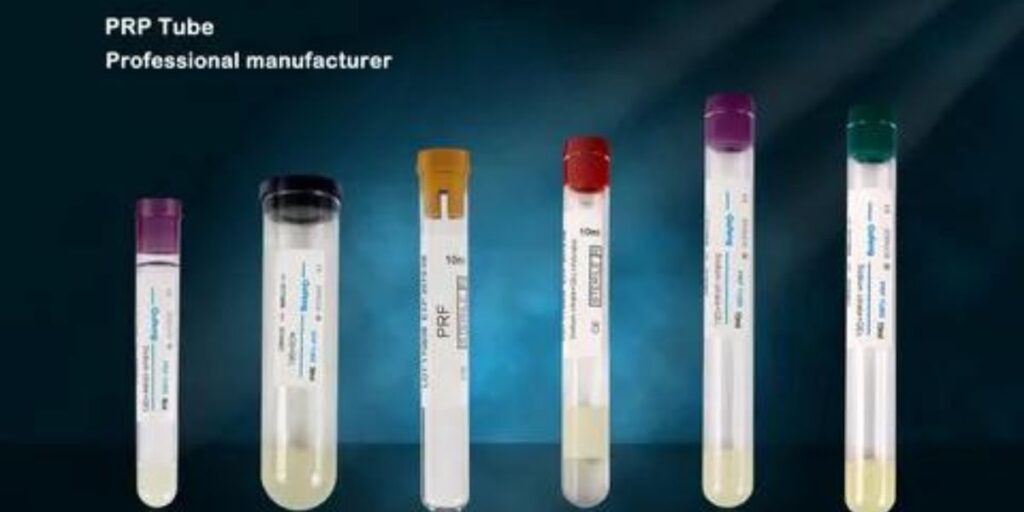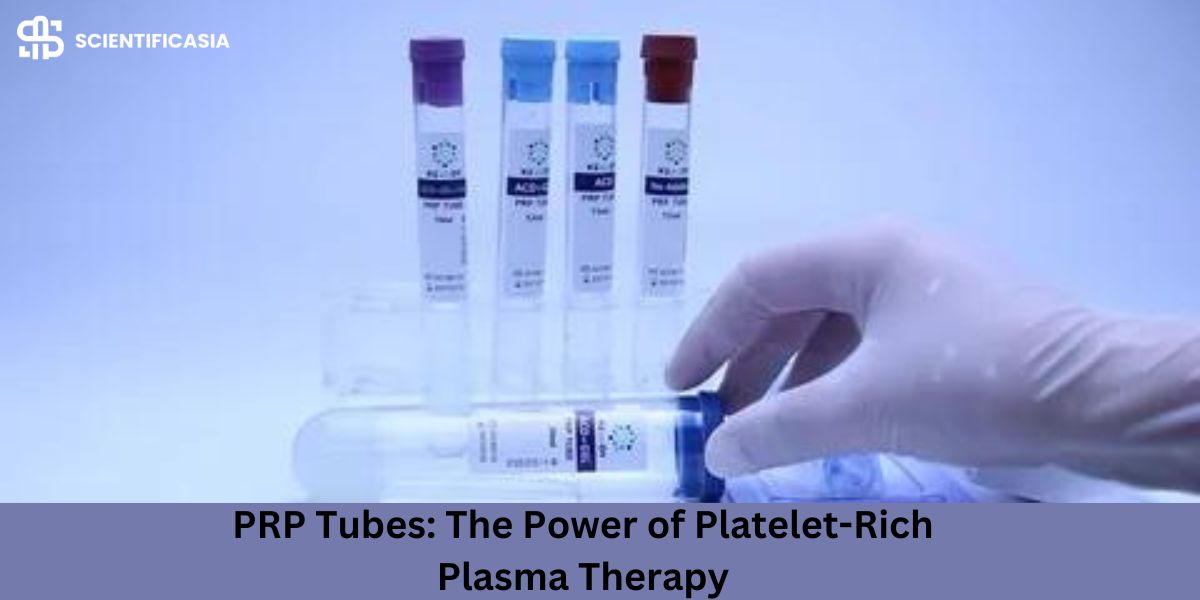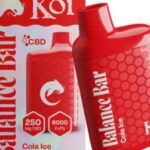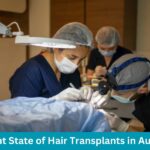Platelet-rich plasma (PRP) treatment has acquired huge consideration in clinical and cosmetic fields for its capacity to speed up healing and advance tissue regeneration. This technique is also used in aesthetics and even sports medicine. The heart of this treatment is like PRP tubes. Specific holders or containers are used to get platelet-rich plasma from a patient’s blood. The treatment process plays a crucial role in isolating and concentrating the plasma. We can say that the plasma of the body is like the powerhouse of healing. In this article, we will discuss the functions, types, and benefits of PRP tubes in modern medicine.
What are PRP Tubes?
PRP tubes or PRF tubes are sterile, single-use medical devices that are specifically designed to collect and process blood tests to detach platelet-rich plasma. These tubes are designed to separate the platelet-rich plasma from the whole blood. Preparation of PRP, guaranteeing that the plasma obtained from blood is of great quality and suitable for aesthetic or therapeutic use. The main parts of PRP tubes are anticoagulants, which keep the blood from getting too thick, and a partition gel or obstruction, which makes it easier to separate the platelets. They typically consist of a plastic centrifuge tube with different parts working in tandem to accomplish this separation:
Anticoagulant: This keeps blood from thickening inside the cylinder, considering further processing.
Gel Separator: This is a crucial element. During centrifugation, the gel isolates the red and white platelets from the platelet-rich plasma layer, guaranteeing a high grouping of platelets in the eventual outcome.
Activation Agent: A few tubes might contain an activation agent that invigorates the platelets to release growth factors, possibly improving the restorative impacts of PRP.
How do PRP Tubes Work?
The most common way of getting ready PRP typically includes a few stages:
Blood Assortment: Blood is drawn from the patient and gathered into PRP tube. These tubes are specifically designed for blood collection and sample collection. Tubes can contain anticoagulants to prevent coagulation.
Centrifugation: The PRP tube is put in a rotator, where it is turned at high velocities. This interaction isolates the blood into its different parts in light of thickness, with platelets and plasma ascending to the top.
Extraction: The platelet-rich plasma is painstakingly removed from the cylinder, and prepared for use in therapeutic strategies or procedures. This is called the extraction process, where platelet-rich plasma is separated and gathered.
Platelet-Rich Plasma Assortment: The medical services proficiently carefully extricate the platelet-rich plasma layer, abandoning the red and white blood cells. The plasma is like a yellow liquid that is very thin and sticky. This plasma is gathered in a PRP tube to be used for the aesthetic process.
Types of PRP Tubes

There are different sorts of PRP tubes. Each tube is specifically designed for a specific purpose and preference to meet medical needs. There are main three types of PRP tubes and the purpose of each is described below:
Gel Separator Tubes: These cylinders contain a gel obstruction that isolates platelets and plasma from red and white platelets during centrifugation.
Buffy Coat Tubes: These cylinders are intended to yield a high convergence of platelets by separating the buffy coat layer, which contains the vast majority of the platelets and white platelets.
Heparin Tubes: These cylinders use heparin as an anticoagulant to prevent coagulation. They are reasonable for applications requiring quick utilization of PRP.
The Potential of PRP Therapy
PRP treatment uses the body’s regular mending skills by bridging the concentrated power of platelets. Platelets are rich in development factors, proteins that assume an imperative role in tissue recovery and fixing. The platelet-rich plasma is very helpful and has growth factors in it. Here are a few possible applications of PRP treatment:
Aesthetic: PRP infusions are utilized for skin restoration, advancing collagen creation and possibly diminishing wrinkles and fine lines. It is mostly used in aesthetic processes such as PRP microneedling, PRP hair, and others. Basically, the plasma is gathered from the blood of a person. So it has twice the impact of the aesthetic process.
Sports Medication: PRP treatment is utilized to speed up healing in athletes suffering tendonitis, tendon wounds, minor or hard injuries, and muscle tears. As we know the PRP can double the healing process, so it is most commonly used in sports medicine.
Orthopedic: PRP infusions might support bone and joint fixes, possibly advancing quicker mending after a medical procedure. This is helpful for the joint fixing process and the urgent healing process.
Hair Restoration: PRP treatment is being investigated as a likely treatment for balding by invigorating hair follicle development. The PRP of the body can be very helpful and also used for hair regrowth because of its power of growth. The medical specialists or dermatologists used plasma during the hair restoration treatment and 2x the process of hair growth.
Dentistry: PRP is utilized in dental strategies to upgrade the recuperation of oral tissues and further develop results in medical procedures.
The Future of PRP
As researchers continue to research the impacts, effects, and other uses of PRP tubes and therapeutic strategies, the future of PRP seems bright. PRP cylinders or tubes will remain essential devices in tackling the force of a patient’s blood for recuperation and recovery. By encouraging a cooperative methodology between researchers, clinical experts, and patients, PRP treatment holds the possibility of changing medical services in various fields.
Read more:
Psychological Factors in ED: Counseling and Therapy Options
DNA as Gene Therapy: The Promising Future of Genetic Medicine
















